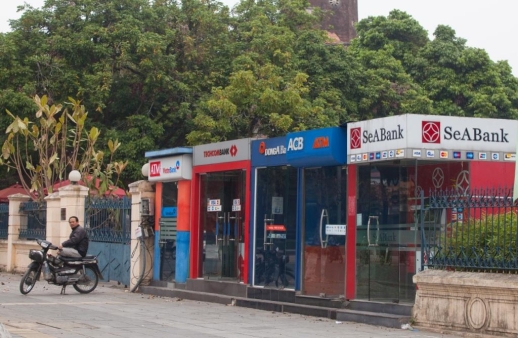
Vietnamese banks still troubled by low capital buffers
But it won't negatively impact financial stability over the near term.
According to BMI Research, even with a significant portion of non-performing assets taken off their balance sheet by the VAMC, several Vietnamese banks barely have adequate capital buffers.
According to the latest data available, the entire banking system recorded a capital adequacy ratio (CAR) of 12.8% as of end-2016, but this ratio was buoyed by the joint-venture and foreign-owned banks segment (with a CAR of 33.2%), while state-owned banks which account for the lion's share of the industry (45% of banking assets) only posted a CAR of 9.9%.
Here's more from BMI Research:
Presently, the minimum CAR requirement for banks in Vietnam is 9.0% under the Basel I standards, and the requirement is set to be lowered to 8% as the banking sector transitions towards Basel II from 2020 onwards under Circular No.41/2016/TT-NHNN.
While it seems like the new ruling is an easing of banking regulations, the 8% CAR calculations under Basel II will actually be more rigid than current standards, and will likely be a challenge for local banks, particularly if unresolved NPLs are returned back to their balance sheets over the coming years.
That said, we do not expect these weaknesses to negatively impact financial stability over the near-term. At least for now, we expect strong economic growth momentum (6.1% in 2017), macro prudential measures in place to curb asset-liability mismatches (such as restricting short-term deposits that can be used for long- term loans), continued de-dollarization of the economy, and a rising property market to be supportive of efforts by the central bank and VAMC to recover existing bad debts in the market by selling real estate collateral.






















 Advertise
Advertise








